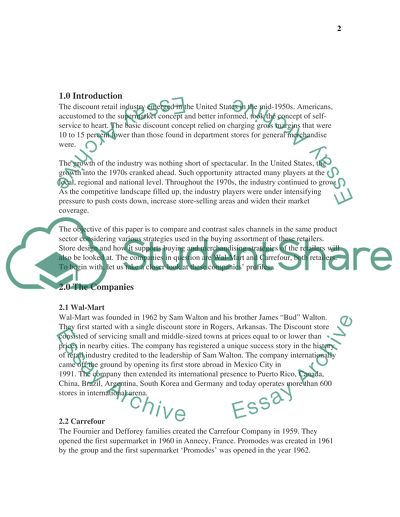Cite this document
(“The Sales Channels Essay Example | Topics and Well Written Essays - 3000 words”, n.d.)
The Sales Channels Essay Example | Topics and Well Written Essays - 3000 words. Retrieved from https://studentshare.org/marketing/1713247-compare-and-contrast-the-sales-channels-wal-mart-carrefour-globally
The Sales Channels Essay Example | Topics and Well Written Essays - 3000 words. Retrieved from https://studentshare.org/marketing/1713247-compare-and-contrast-the-sales-channels-wal-mart-carrefour-globally
(The Sales Channels Essay Example | Topics and Well Written Essays - 3000 Words)
The Sales Channels Essay Example | Topics and Well Written Essays - 3000 Words. https://studentshare.org/marketing/1713247-compare-and-contrast-the-sales-channels-wal-mart-carrefour-globally.
The Sales Channels Essay Example | Topics and Well Written Essays - 3000 Words. https://studentshare.org/marketing/1713247-compare-and-contrast-the-sales-channels-wal-mart-carrefour-globally.
“The Sales Channels Essay Example | Topics and Well Written Essays - 3000 Words”, n.d. https://studentshare.org/marketing/1713247-compare-and-contrast-the-sales-channels-wal-mart-carrefour-globally.


